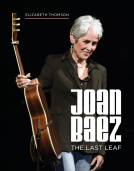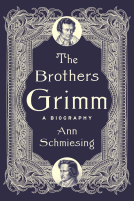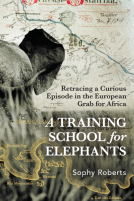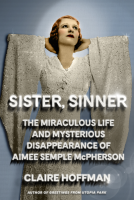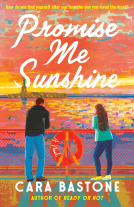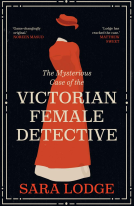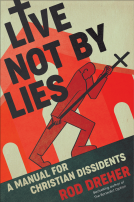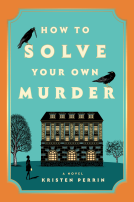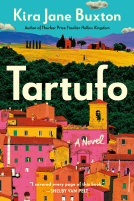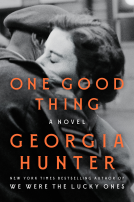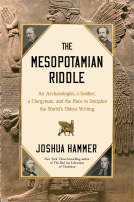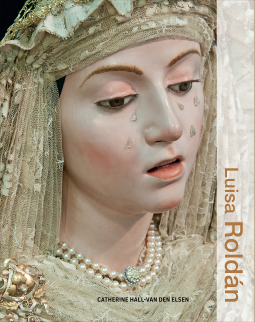
Luisa Roldán
by Catherine Hall-van den Elsen
This title was previously available on NetGalley and is now archived.
Send NetGalley books directly to your Kindle or Kindle app
1
To read on a Kindle or Kindle app, please add kindle@netgalley.com as an approved email address to receive files in your Amazon account. Click here for step-by-step instructions.
2
Also find your Kindle email address within your Amazon account, and enter it here.
Pub Date Sep 21 2021 | Archive Date Jan 21 2022
Talking about this book? Use #illuminatingwomenartists #NetGalley. More hashtag tips!
Description
Luisa Roldán (1652–1706), also known as La Roldana, was an accomplished Spanish Baroque artist, much admired during her lifetime for her exquisitely crafted and painted wood and terracotta sculptures. Roldán trained under her father and worked in Seville, Cádiz, and Madrid. She even served as sculptor to the royal chambers of two kings of Spain. Yet despite her great artistry and achievements, she has been largely forgotten by modern art history.
Written for art lovers of all backgrounds, this beautifully illustrated book offers an important perspective that has been missing—a deeper understanding of the opportunities, and the challenges, facing a woman artist in Roldán’s time. With attention to the historical and social dynamics of her milieu, this volume places Roldán’s work in context alongside that of other artists of the period, including Velázquez, Murillo, and Zurbarán, and provides much-needed insight into what life was like for this trailblazing artist of seventeenth-century Spain.
Advance Praise
"An invaluable introduction to the figure of Luisa Roldán. . . . Drawing on her own extensive archival research and decades of firsthand study of the sculpture, Catherine Hall-van den Elsen offers a sensitive analysis of the works while also setting them effectively in their historical context . . . . More than the story of one remarkable sculptor, this book also offers insights into the challenges women confronted in seventeenth-century Spain and the artistic production of the period."—Patrick Lenaghan, Curator, Hispanic Society Museum and Library
"Catherine Hall has produced a book which is a pleasure to read, superbly illustrated, incorporating fascinating details about the society in which Luisa worked, including the challenges she faced as a woman artist. At the same time this monograph is rooted in serious scholarship, discussing the process of some of the commissions, as well as the materials and techniques lying behind the creation of these extraordinary works of art. This is both a highly readable and delightful book."—Marjorie Trusted, Honorary Senior Research Fellow, Victoria and Albert Museum
Available Editions
| EDITION | Other Format |
| ISBN | 9781606067321 |
| PRICE | $40.00 (USD) |
| PAGES | 144 |
Featured Reviews
 Geoff U, Educator
Geoff U, Educator
This was fascinating. I had no idea such bright and stunning sculptures were being made out of painted wood in the late 1600s. They are so full of personality and passion! It was very interesting learning about Roldan and how her life and art meat situated in the context of Catholic Spain. It was a fascinating look into a time and culture I know little about and while these may not be my favorite style of art, the fact the they exist has expanded my aesthetic horizons.
 Reviewer 2883
Reviewer 2883
Thank you Netgalley and Getty Publications for access to this arc
So mid 17th century Spain and we’re talking about a female artist which – just wow. Luisa Roldan was from an artisan family and her father taught her what he knew. Luisa met her husband through his apprenticeship under her father and despite dad’s opposition to their marriage (since he would then lose her as a valuable member of his workshop), she petitioned Church authorities to be allowed to do so. You go girl! Sadly, like many artists dependent upon court patronage, Luisa died in poverty.
While Spanish society might publically adhere to the viewpoint that a woman’s place was in the home or convent, in reality the economic contributions of women helped grease the wheels of commerce both inside and outside the home. Women were dependent on their father’s or husband’s guild membership to practice their trades and often their work was subsumed into that of their family making their contributions hard to isolate. But essays, plays, and other literature that would have been widely available make it clear that not all viewed women as less intelligent or capable.
Lots of information about the events that were plaguing (literally) and shaping the viewpoints of residents and artists in Seville in the years before and after Luisa’s birth is included. Several works of art she might have seen in Churches or her own father’s workshop that would no doubt have influenced her growth as an artist are shown in beautiful color photographs. Sadly there is a dearth of written details of Luisa’s training beyond what she might be expected to have learned in her father’s workshop. As well, there is a lack of contracts, commissions or other proof that Luisa was the creator of some statues that are now attributed to her due to similarities of style with known works while some items, for which there is written proof and/or photographs, have been lost (many in the Spanish Civil War) over the centuries. But over three hundred years after they were created, elaborate floats made by Luisa and her husband for Seville’s Holy Week processions are still carried through the streets.
The book is lavishly filled with gorgeous photos of many of Luisa’s wood and terracotta works which are discussed and compared in detail. But not enough to make things boring. Since the Church and the devout Spanish Court were the main patrons, all of these are religiously themed. I have learned a lot about the sculptor, her world, and that women artists could and did forge professional careers in a world largely still run by men. B
 Mandy J, Reviewer
Mandy J, Reviewer
This beautifully illustrated book introduced me to the 17th century sculptor Luisa Roldan, and how delighted I am to make her acquaintance. This is the first book in English about her, and the first in a projected series entitled Illuminating Women Artists. Luisa Roldan (1652-1706) was a prolific and celebrated sculptor, primarily of wooden church sculptures which were brilliantly painted, and which to this day remain quite startling in their power. Luisa was the daughter of Pedro Roldan, a well-known sculptor from Seville and it can be assumed that she learnt her trade in his workshop. She later established herself independently in Cadiz, Andalucía and Madrid. There’s little documentation to call on, but the author has managed to piece together Luisa’s life from the scraps that are available, and places her in the social, cultural and historical context of the times. Roldan certainly deserves this belated attention to her work and she is increasingly garnering attention. Perhaps more information will come to light in time. The book itself is a great joy with over 80 wonderful illustrations, some of which have rarely, if ever, been reproduced before. This is a must-read for all art lovers, but also for those interested in social history and women’s history as well. Luisa Roldan deserves to take her place amongst other overlooked women artists.
 Janet P, Reviewer
Janet P, Reviewer
While this book has wonderful pictures of the stunning work of Roldan, a Spanish Baroque sculptor, the text shares the fault of too many art books; the text is essays by art historians that are poorly written and dreadfully dull.
Given how little-known the artist is, a better choice of a book to introduce her would be to include lots of pictures with more in-depth captions and a short-readable biographical essay.
Luisa Roldan by Catherine Hall-van den Elsen, the first in a new series entitled Illuminating Women Artists, is a fascinating introduction to both the artist and the difficulties of being a woman artist during that time.
I have to admit my ignorance up front, I was unfamiliar with Roldan until reading this. Between the beautiful illustrations in the book and the details surrounding their creation I found myself spending a lot of time doing a slow read and gazing at the illustrations for long periods of time. I rea this using my large computer monitor so the images were wonderful and I could sit back and take them in or lean forward and examine them closely.
I would highly recommend this to anyone with an interest in sculpture and/or women artists. The book combines details about the works themselves along with a lot of contextualizing the world within which they were created. This sets a high standard for future volumes in the series and I can't wait to read them as they are published.
Reviewed from a copy made available by the publisher via NetGalley.
